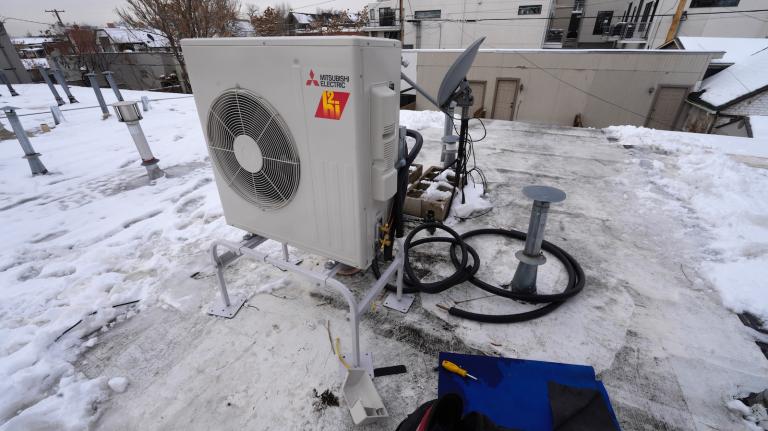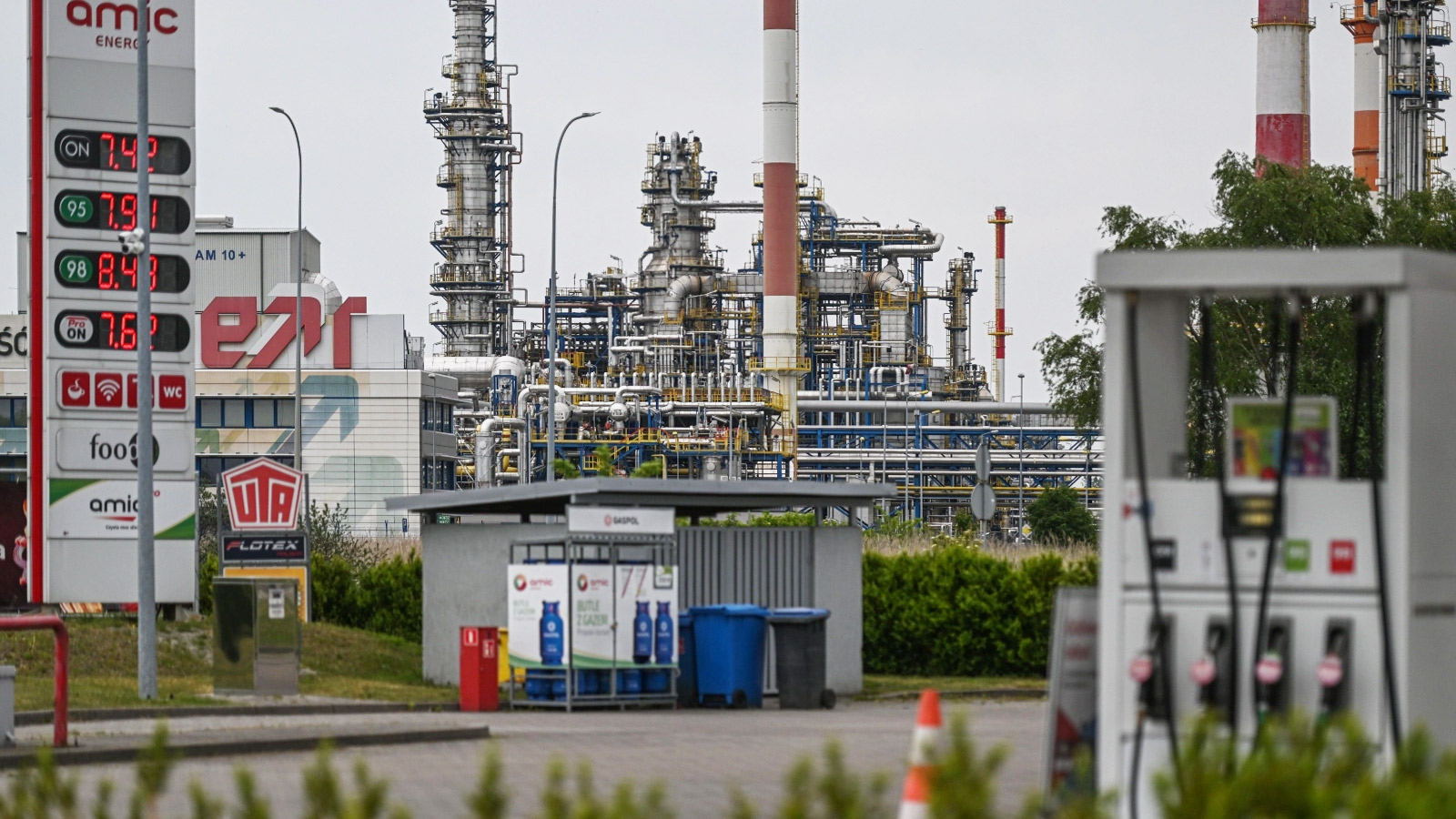Even as European countries rolled out a suite of climate-friendly policies over the past year, they also provided an unprecedented volume of subsidies for continued fossil fuel use: The United Kingdom slashed its tax on gasoline and sent out government payments to help people heat their homes with natural gas. Greece reimbursed millions of citizens for high electricity bills, helping them keep up with the rising cost of gas and coal. Germany capped gas and electricity prices and bailed out a massive fossil-fuel-powered utility.
Global fossil-fuel subsidies doubled last year to $1.1 trillion, by far the highest number ever recorded, according to a new report from the International Energy Agency, or IEA. The surge in financial support for oil and gas was largely a response to the energy crisis caused by the war in Ukraine, which caused many countries to abruptly reconsider their dependence on Russian fossil fuel reserves. Experts say the subsidies could be difficult to unwind, if consumers become accustomed to having a cushion against high prices.
Nevertheless, 2022 also saw record spending on green energy — indeed it was the first year in which the world spent as much on the energy transition as it did on finding and producing fossil fuels — leaving hope that the unprecedented fossil fuel handouts are only temporary.
“In an energy crisis, governments prioritize shielding consumers from damaging price impacts over commitments to phasing out subsidies,” wrote the report authors. “This reduced hardship but diminished the incentive for consumers to save or to switch to alternative sources of energy, thereby delaying a lasting resolution of the crisis.”
The world’s fossil-fuel consumption subsidies have risen and fallen over the last decade in tandem with the price of oil, but they have tended to hover somewhere between $400 and $600 billion. The biggest supporters of oil and gas over the past decade were large developing economies like Russia, China, Iran, India, and Saudi Arabia, with Iran spending almost one-fifth of its gross domestic product to pad fuel prices.
That dynamic changed last year with the Russian invasion of Ukraine. The sudden loss of Russian oil and gas supplies forced European countries to seek out alternative fuel sources, causing oil and natural gas prices to soar. This in turn drove a huge increase in heat and electricity costs. Meanwhile, the Organization of Petroleum Exporting Countries, or OPEC, cut production later in the year, keeping crude prices high. The price increase wasn’t limited to Europe, either: As European countries outbid their poorer neighbors for shipments of liquefied natural gas, countries like Pakistan saw record prices and intermittent power outages.
Countries around the world responded with a slew of tax breaks and subsidies for homeowners and businesses who had come to rely on lower prices. Thailand and Peru capped the price of gasoline and diesel; South Africa and Belgium froze or waived fuel taxes; and Italy and South Korea sent direct payments to consumers who were struggling with energy bills.
However, more than half of the new fossil fuel subsidies that appeared last year were implemented within the European Union, or EU, according to the IEA. The EU spent $349 billion last year to cushion consumers from volatile prices — almost the exact same amount that the United States’ groundbreaking climate bill, the Inflation Reduction Act, allocates over ten years to subsidize clean energy. The rest of the world’s advanced economies added only $163 billion in new subsidies to deal with the energy crisis.
The authors of the IEA report argue that these subsidies could make political and social sense in some cases, since high fuel costs often hit poor populations hardest, and expensive gas doesn’t by itself speed a transition to clean energy. This is because energy demand is what economists call “inelastic” over the short term: Most consumers are unlikely to dramatically change their energy usage based on a change in price, and instead are more likely to cut back their spending on other needs. That’s why most energy subsidies go to consumers, rather than producers like oil and gas companies. While subsidies for consumers have skyrocketed recently, subsidy growth on the production side has been much smaller.
“High and volatile fossil fuel prices drive home the unsustainability of today’s energy system and underscore the benefits of energy transitions, but these episodes come with significant economic and social cost,” the authors write. “High fossil fuel prices are no substitute for consistent climate policies.”
But the authors also note that sunsetting financial support for gas and electricity payments can be “politically difficult,” and they argue that in general “it is far better for governments to spend time and money on structural changes that bring down fossil fuel demand” than to offer consumers relief only during periods when prices are high.




